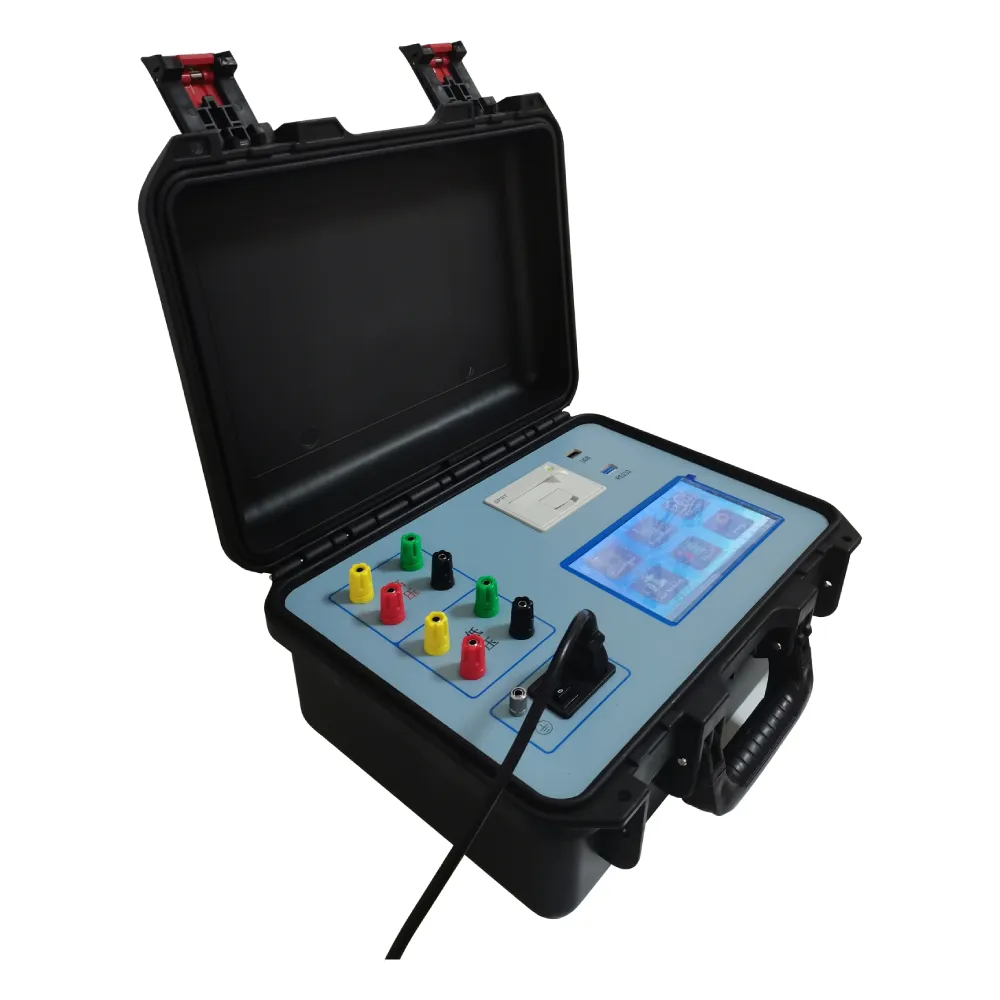 English
English



-
 Afrikaans
Afrikaans -
 Albanian
Albanian -
 Amharic
Amharic -
 Arabic
Arabic -
 Armenian
Armenian -
 Azerbaijani
Azerbaijani -
 Basque
Basque -
 Belarusian
Belarusian -
 Bengali
Bengali -
 Bosnian
Bosnian -
 Bulgarian
Bulgarian -
 Catalan
Catalan -
 Cebuano
Cebuano -
 China
China -
 China (Taiwan)
China (Taiwan) -
 Corsican
Corsican -
 Croatian
Croatian -
 Czech
Czech -
 Danish
Danish -
 Dutch
Dutch -
 English
English -
 Esperanto
Esperanto -
 Estonian
Estonian -
 Finnish
Finnish -
 French
French -
 Frisian
Frisian -
 Galician
Galician -
 Georgian
Georgian -
 German
German -
 Greek
Greek -
 Gujarati
Gujarati -
 Haitian Creole
Haitian Creole -
 hausa
hausa -
 hawaiian
hawaiian -
 Hebrew
Hebrew -
 Hindi
Hindi -
 Miao
Miao -
 Hungarian
Hungarian -
 Icelandic
Icelandic -
 igbo
igbo -
 Indonesian
Indonesian -
 irish
irish -
 Italian
Italian -
 Japanese
Japanese -
 Javanese
Javanese -
 Kannada
Kannada -
 kazakh
kazakh -
 Khmer
Khmer -
 Rwandese
Rwandese -
 Korean
Korean -
 Kurdish
Kurdish -
 Kyrgyz
Kyrgyz -
 Lao
Lao -
 Latin
Latin -
 Latvian
Latvian -
 Lithuanian
Lithuanian -
 Luxembourgish
Luxembourgish -
 Macedonian
Macedonian -
 Malgashi
Malgashi -
 Malay
Malay -
 Malayalam
Malayalam -
 Maltese
Maltese -
 Maori
Maori -
 Marathi
Marathi -
 Mongolian
Mongolian -
 Myanmar
Myanmar -
 Nepali
Nepali -
 Norwegian
Norwegian -
 Norwegian
Norwegian -
 Occitan
Occitan -
 Pashto
Pashto -
 Persian
Persian -
 Polish
Polish -
 Portuguese
Portuguese -
 Punjabi
Punjabi -
 Romanian
Romanian -
 Russian
Russian -
 Samoan
Samoan -
 Scottish Gaelic
Scottish Gaelic -
 Serbian
Serbian -
 Sesotho
Sesotho -
 Shona
Shona -
 Sindhi
Sindhi -
 Sinhala
Sinhala -
 Slovak
Slovak -
 Slovenian
Slovenian -
 Somali
Somali -
 Spanish
Spanish -
 Sundanese
Sundanese -
 Swahili
Swahili -
 Swedish
Swedish -
 Tagalog
Tagalog -
 Tajik
Tajik -
 Tamil
Tamil -
 Tatar
Tatar -
 Telugu
Telugu -
 Thai
Thai -
 Turkish
Turkish -
 Turkmen
Turkmen -
 Ukrainian
Ukrainian -
 Urdu
Urdu -
 Uighur
Uighur -
 Uzbek
Uzbek -
 Vietnamese
Vietnamese -
 Welsh
Welsh -
 Bantu
Bantu -
 Yiddish
Yiddish -
 Yoruba
Yoruba -
 Zulu
Zulu
Power Quality Monitoring Solutions for Enhanced Electrical System Performance and Reliability
Understanding Power Quality Monitoring Systems
In the modern world, where electricity drives an array of devices and services, the importance of maintaining high-quality power can’t be overstated. Power quality monitoring systems are integral tools used to ensure that the electrical supply is stable, reliable, and within the parameters needed for optimal operation of electrical devices. This article explores the significance of these systems, their components, and the importance of monitoring power quality effectively.
The Importance of Power Quality
Power quality refers to the characteristics of the electrical power supplied to a system, which affects its operation. Poor power quality can lead to equipment malfunction, reduced efficiency, and increased operational costs. Common power quality issues include voltage sags, swells, transients, harmonics, and interruptions. These disturbances can be caused by a variety of factors, including electrical loads, equipment failures, and external environmental conditions. Consequently, businesses and industries are increasingly investing in power quality monitoring systems to detect, analyze, and remediate these issues proactively.
Components of a Power Quality Monitoring System
A comprehensive power quality monitoring system consists of several essential components
1. Sensors and Meters These devices continuously measure electrical parameters such as voltage, current, frequency, and power factor. Advanced meters can detect events such as spikes, dips, and harmonics.
2. Data Acquisition System This system collects data from the sensors and meters, enabling real-time monitoring and analysis. It ensures that data is stored accurately for historical analysis and reporting.
3. Software Analysis software can interpret the data collected, generating reports that highlight trends and potential issues in power quality. This software may also provide tools for troubleshooting and decision-making.
4. Communication Modules These allow data transfer from the site of monitoring to other locations or systems in real-time. This feature is crucial for remote monitoring and management of power quality.
power quality monitoring system

Benefits of Power Quality Monitoring
Implementing a power quality monitoring system offers several benefits
1. Improved Equipment Lifespan By monitoring and managing power quality, organizations can prevent damage to sensitive equipment, thereby extending its lifespan and reducing maintenance costs.
2. Enhanced Productivity Maintaining optimal power quality ensures that equipment operates efficiently, minimizing downtime caused by power disturbances. This leads to greater productivity and profitability.
3. Informed Decision-Making The data collected allows for informed decisions regarding electrical load management and system upgrades. Historical data can also help in predicting and preparing for future power quality issues.
4. Compliance with Standards Many industries must adhere to specific power quality standards mandated by regulatory bodies. A monitoring system ensures compliance and helps avoid penalties.
5. Energy Efficiency By identifying power quality issues, organizations can implement strategies to enhance energy efficiency, leading to cost savings in energy consumption.
Conclusion
In a world increasingly dependent on electrical systems, power quality monitoring systems play a vital role in ensuring that the electricity supplied meets the necessary standards for reliable and efficient operation. They not only safeguard equipment and enhance productivity but also contribute to informed decision-making and energy efficiency. As technology continues to evolve, the capabilities of these systems will expand, making them even more essential for businesses and industries aiming to thrive in a competitive landscape. By investing in power quality monitoring, organizations can ensure a robust, reliable, and efficient electrical environment that supports their operational goals.
-
Testing Equipment Industry Sees Major Advancements in 2025: Smart & Precision Technologies Lead the WayNewsJun.06,2025
-
Applications of Direct Current Generators in Renewable Energy SystemsNewsJun.05,2025
-
Hipot Tester Calibration and Accuracy GuidelinesNewsJun.05,2025
-
Digital Circuit Breaker Analyzer Features and BenefitsNewsJun.05,2025
-
Benefits of Real-Time Power Quality Monitoring Devices for Industrial EfficiencyNewsJun.05,2025
-
Earth Fault Loop Testing in High-Rise Building Electrical SystemsNewsJun.05,2025



